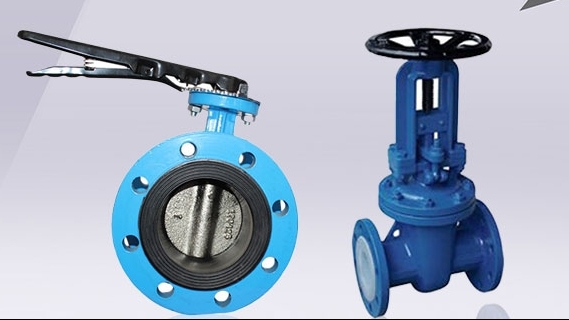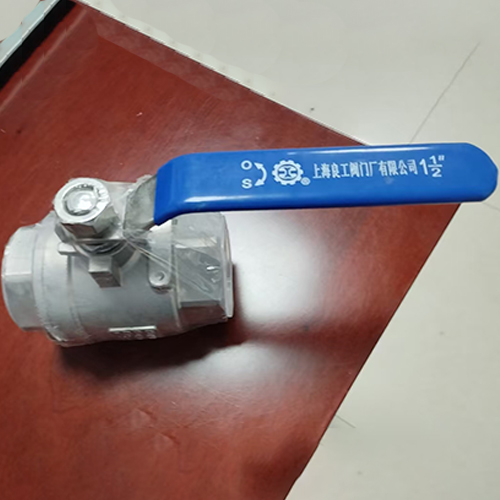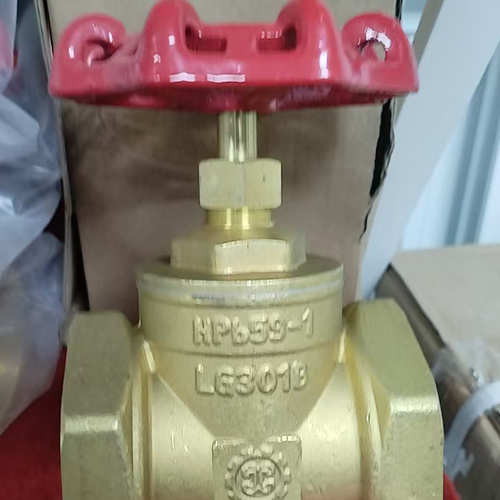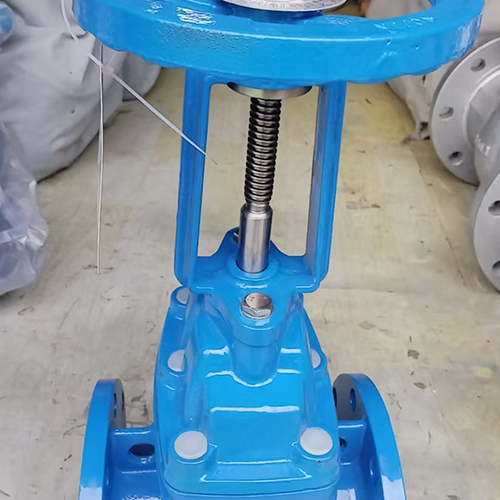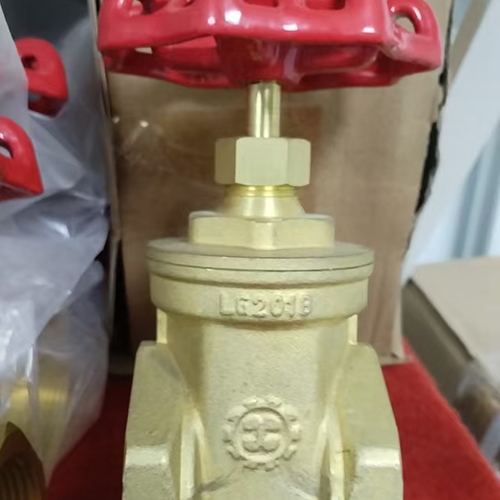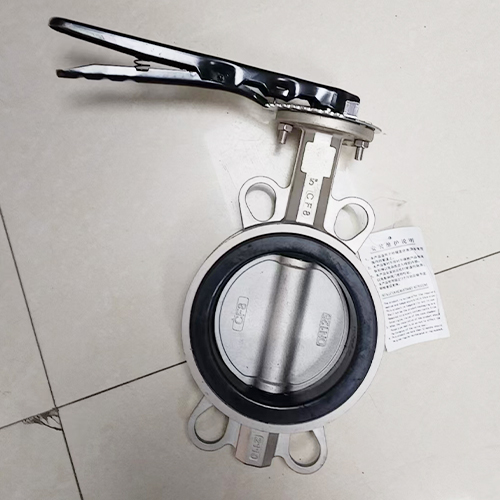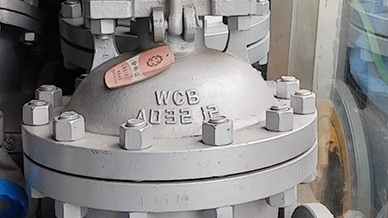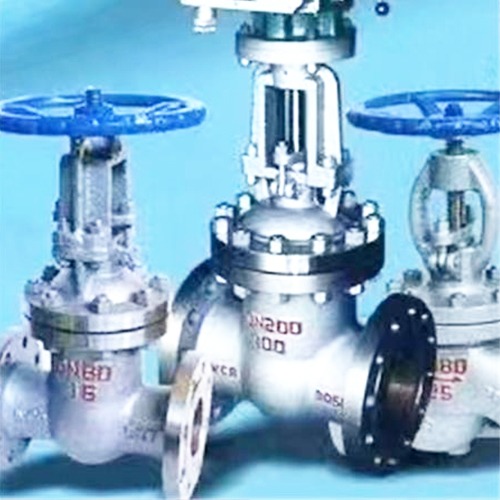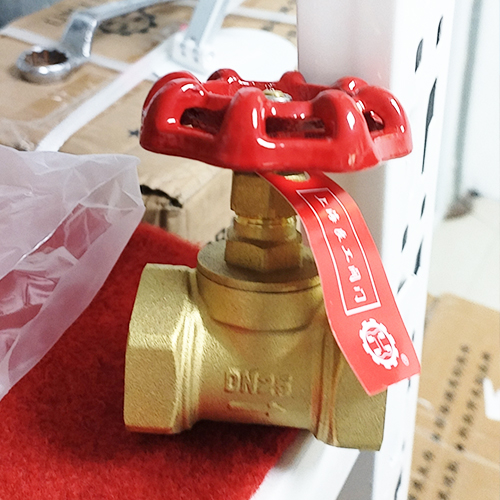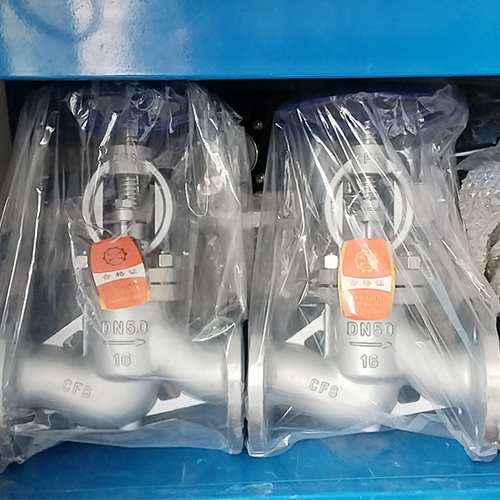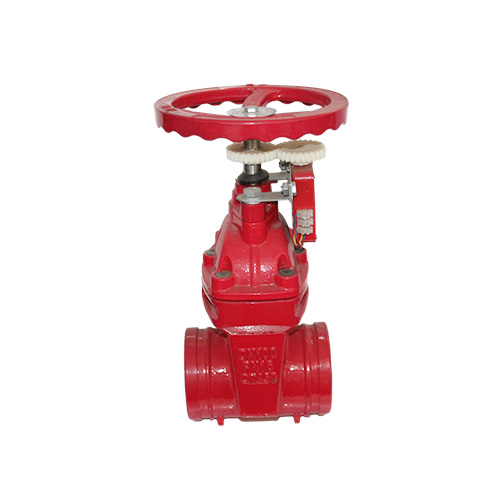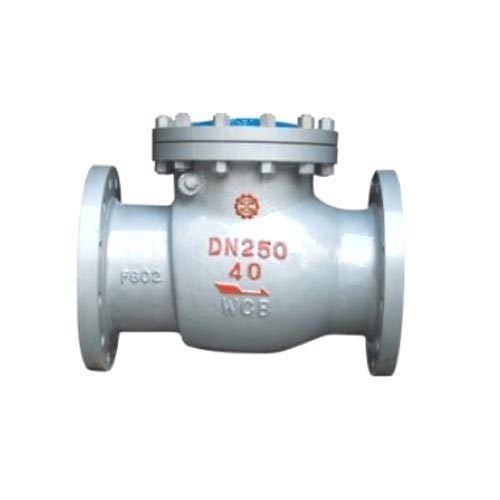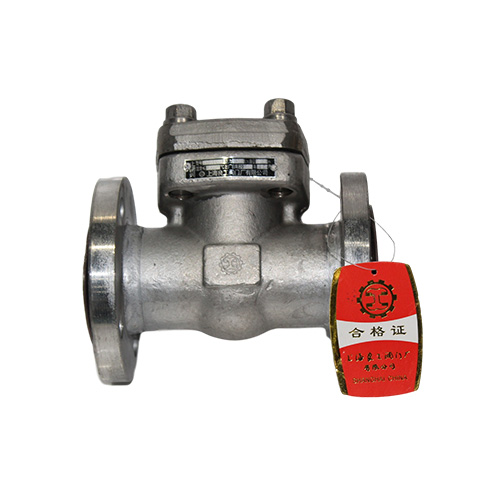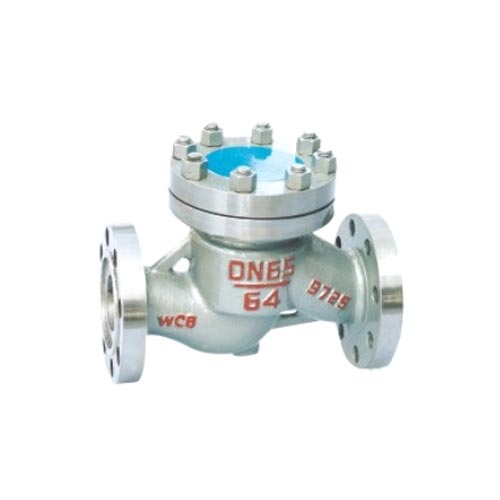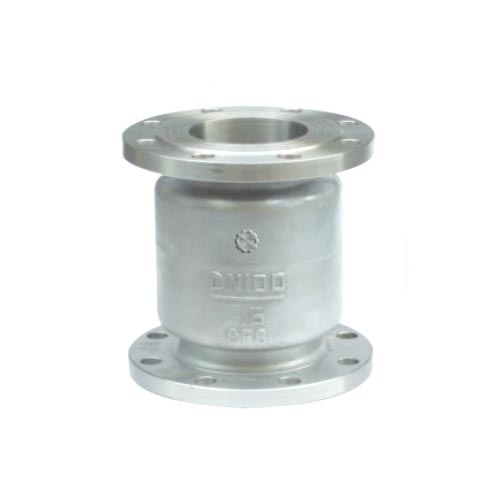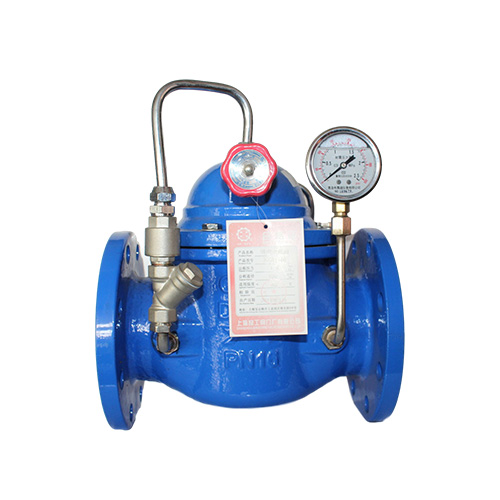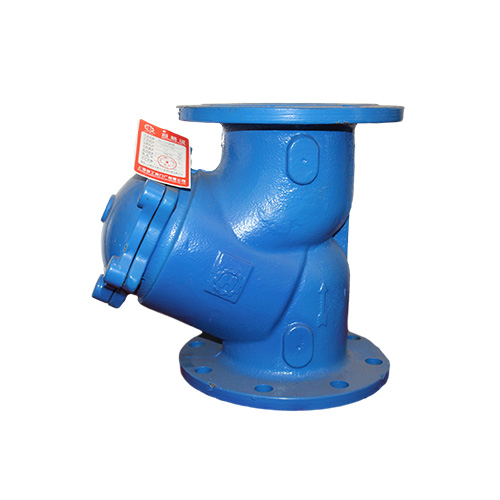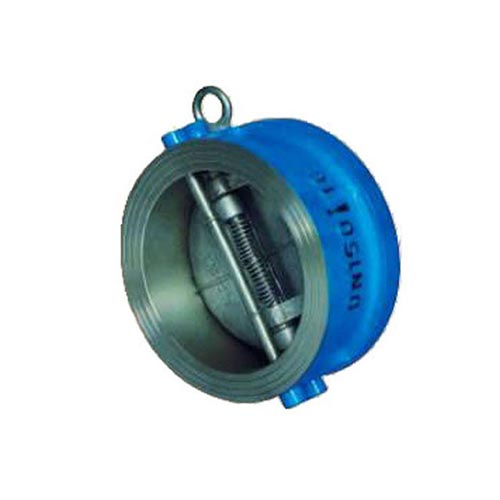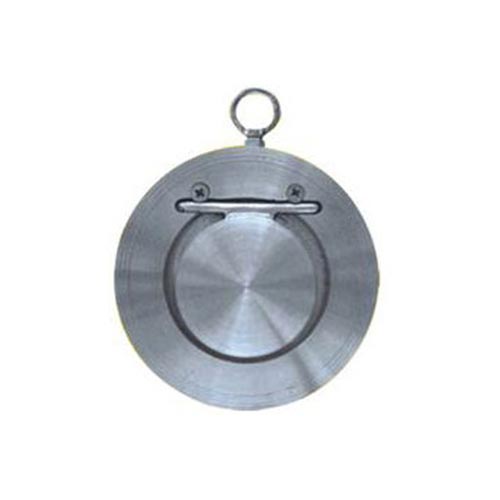阀门作为流体输送系统中控制介质流动的关键设备,其操作方式的多样性满足了不同工况和使用场景的需求。从传统的手动操作到先进的智能远程控制,每一种操作方式都有其独特的特点和适用范围。
As a key device for controlling the flow of media in fluid transportation systems, valves have diverse operating modes that meet the needs of different working conditions and usage scenarios. From traditional manual operation to advanced intelligent remote control, each operation method has its unique characteristics and applicable scope.
一、手动操作
1、 Manual operation
手动操作是最基础、最常见的阀门操作方式。这种方式通过手轮、手柄或扳手等工具,直接作用于阀门的驱动装置,实现阀门的开启和关闭。手动阀门结构简单,成本低廉,适用于不需要频繁操作、管径较小或现场条件有限的场合。例如,在一些小型的工业管道、家庭给排水系统以及偏远地区的水利设施中,手动阀门被广泛应用。操作时,操作人员只需按照标识的方向旋转手轮或扳动手柄,即可轻松控制阀门的启闭。不过,手动操作也存在一定的局限性,当阀门尺寸较大或管道压力较高时,操作会变得非常费力,且难以实现快速启闭,同时,长时间的手动操作还容易导致操作人员疲劳,影响工作效率。
Manual operation is the most basic and common method of valve operation. This method uses tools such as handwheels, handles, or wrenches to directly act on the driving device of the valve, achieving the opening and closing of the valve. Manual valves have a simple structure, low cost, and are suitable for situations where frequent operation is not required, pipe diameters are small, or on-site conditions are limited. For example, manual valves are widely used in some small industrial pipelines, household water supply and drainage systems, and remote water conservancy facilities. When operating, the operator only needs to rotate the handwheel or pull the handle in the direction indicated to easily control the opening and closing of the valve. However, manual operation also has certain limitations. When the valve size is large or the pipeline pressure is high, the operation becomes very laborious and difficult to achieve rapid opening and closing. At the same time, prolonged manual operation can also easily cause operator fatigue and affect work efficiency.
二、电动操作
2、 Electric operation
随着工业自动化程度的不断提高,电动操作的阀门日益普及。电动阀门通过电动机驱动,将电能转化为机械能,带动阀门的启闭件运动。电动操作具有操作简便、动作迅速、控制精确等优点,能够实现远距离控制和自动化控制。在大型工厂、石油化工、电力等行业中,电动阀门被大量应用于复杂的工艺流程中。操作人员只需在控制室内通过按钮、开关或计算机控制系统,就能对阀门进行操作。电动阀门还可以配备各种传感器和反馈装置,实时监测阀门的开度和运行状态,并将信息反馈给控制系统,实现闭环控制。然而,电动阀门的成本相对较高,对电气系统的依赖性较强,需要定期对电动机、控制器等部件进行维护和保养,以确保其正常运行。一旦电气系统出现故障,阀门的操作可能会受到影响。
With the continuous improvement of industrial automation, electrically operated valves are becoming increasingly popular. Electric valves are driven by electric motors, which convert electrical energy into mechanical energy and drive the opening and closing components of the valve to move. Electric operation has the advantages of easy operation, fast action, and precise control, and can achieve remote control and automation control. Electric valves are widely used in complex process flows in large factories, petrochemicals, power and other industries. Operators only need to use buttons, switches, or computer control systems in the control room to operate the valves. Electric valves can also be equipped with various sensors and feedback devices to monitor the valve's opening and operating status in real time, and provide feedback to the control system to achieve closed-loop control. However, the cost of electric valves is relatively high and they rely heavily on the electrical system. Regular maintenance and upkeep of components such as motors and controllers are required to ensure their normal operation. Once the electrical system malfunctions, the operation of valves may be affected.
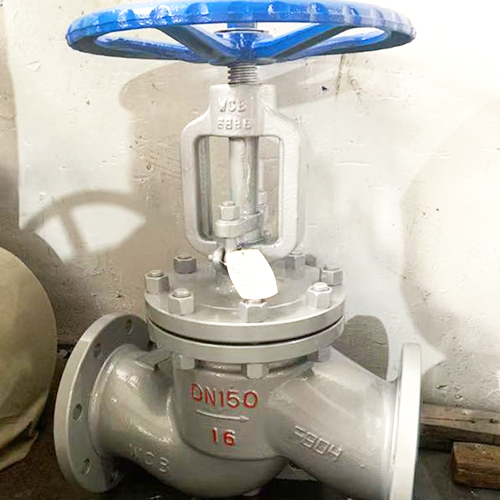
三、气动操作
3、 Pneumatic operation
气动操作阀门以压缩空气为动力源,通过气动执行机构推动阀门的启闭。这种操作方式具有动作迅速、反应灵敏、输出力大等特点,特别适用于需要快速切断或调节的场合。在化工、制药、食品等行业的自动化生产线中,气动阀门得到了广泛的应用。气动阀门的控制方式相对简单,可以通过气动控制元件,如电磁阀、气控阀等,实现阀门的远程控制和自动化操作。与电动阀门相比,气动阀门在易燃易爆等危险环境中使用更加安全,因为它不存在电火花等安全隐患。但气动操作需要配备一套完整的压缩空气供应系统,包括空气压缩机、储气罐、过滤器、干燥器等设备,增加了设备投资和运行成本,并且压缩空气的压力和质量会直接影响阀门的操作性能。
Pneumatic operated valves are powered by compressed air and are opened and closed by pneumatic actuators. This operation method has the characteristics of rapid action, sensitive response, and high output force, and is particularly suitable for situations that require quick cutting or adjustment. Pneumatic valves have been widely used in automated production lines in industries such as chemical, pharmaceutical, and food. The control method of pneumatic valves is relatively simple, and remote control and automated operation of valves can be achieved through pneumatic control components such as solenoid valves, pneumatic control valves, etc. Compared with electric valves, pneumatic valves are safer to use in hazardous environments such as flammable and explosive environments because they do not have safety hazards such as electric sparks. However, pneumatic operation requires a complete compressed air supply system, including air compressors, storage tanks, filters, dryers, and other equipment, which increases equipment investment and operating costs, and the pressure and quality of compressed air directly affect the operational performance of valves.
四、液压操作
4、 Hydraulic operation
液压操作阀门利用液压油的压力来驱动阀门的启闭,其原理与气动操作类似,但液压系统能够提供更大的驱动力,适用于大型、高压的阀门。在水利水电工程、核电站等领域,常常可以看到液压操作阀门的身影。例如,水电站中的大型水轮机进水阀,由于其口径大、压力高,采用液压操作能够确保阀门可靠地开启和关闭。液压操作具有动作平稳、控制精确、输出力大且可调等优点,能够满足一些特殊工况对阀门操作的严格要求。不过,液压系统结构复杂,对密封性能要求极高,一旦出现泄漏,不仅会影响阀门的正常操作,还可能造成环境污染和安全事故。此外,液压油的维护和更换也需要耗费一定的成本和精力。
Hydraulic operated valves use the pressure of hydraulic oil to drive the opening and closing of the valve. Its principle is similar to pneumatic operation, but hydraulic systems can provide greater driving force and are suitable for large, high-pressure valves. Hydraulic operated valves can often be seen in fields such as water conservancy and hydropower engineering, nuclear power plants, etc. For example, the inlet valve of a large water turbine in a hydropower station can be reliably opened and closed by hydraulic operation due to its large diameter and high pressure. Hydraulic operation has the advantages of smooth operation, precise control, large and adjustable output force, which can meet the strict requirements of valve operation for some special working conditions. However, the hydraulic system has a complex structure and requires extremely high sealing performance. Once a leak occurs, it not only affects the normal operation of the valve, but may also cause environmental pollution and safety accidents. In addition, the maintenance and replacement of hydraulic oil also require a certain amount of cost and effort.
五、智能远程控制
5、 Intelligent remote control
随着物联网、大数据和人工智能等技术的发展,阀门的智能远程控制成为了未来的发展趋势。智能阀门集成了传感器、控制器、通信模块等先进技术,能够实时监测阀门的各项参数,如压力、温度、流量、开度等,并通过无线网络将数据传输到远程监控中心。操作人员可以在任何有网络覆盖的地方,通过手机、电脑等终端设备对阀门进行远程操作和监控。智能远程控制不仅提高了阀门操作的便捷性和效率,还能够实现对阀门的预测性维护,及时发现潜在的故障隐患,降低设备故障率。例如,在城市供水、燃气输送等市政管网系统中,智能远程控制阀门可以根据实时的流量和压力数据,自动调节阀门开度,实现管网的优化运行,提高能源利用效率,保障城市的正常供应。
With the development of technologies such as the Internet of Things, big data, and artificial intelligence, intelligent remote control of valves has become a future trend. Intelligent valves integrate advanced technologies such as sensors, controllers, and communication modules, which can monitor various parameters of the valve in real time, such as pressure, temperature, flow rate, and opening degree, and transmit data to a remote monitoring center through wireless networks. Operators can remotely operate and monitor valves from anywhere with network coverage using terminal devices such as mobile phones and computers. Intelligent remote control not only improves the convenience and efficiency of valve operation, but also enables predictive maintenance of valves, timely detection of potential faults, and reduces equipment failure rates. For example, in municipal pipeline systems such as urban water supply and gas transmission, intelligent remote control valves can automatically adjust valve opening based on real-time flow and pressure data, achieve optimized operation of the pipeline network, improve energy utilization efficiency, and ensure normal supply to the city.
本文由良工阀门友情奉献.更多有关的知识请点击:http://www.jnlgvf.com真诚的态度.为您提供为全面的服务.更多有关的知识我们将会陆续向大家奉献.敬请期待.
This article is a friendly contribution from Lianggong Valve For more information, please click: http://www.jnlgvf.com Sincere attitude To provide you with comprehensive services We will gradually contribute more relevant knowledge to everyone Coming soon.
 企业公告:
企业公告:

